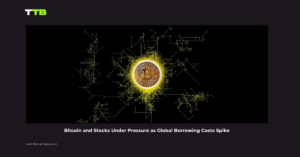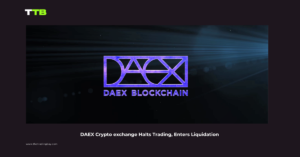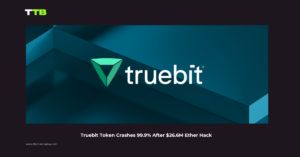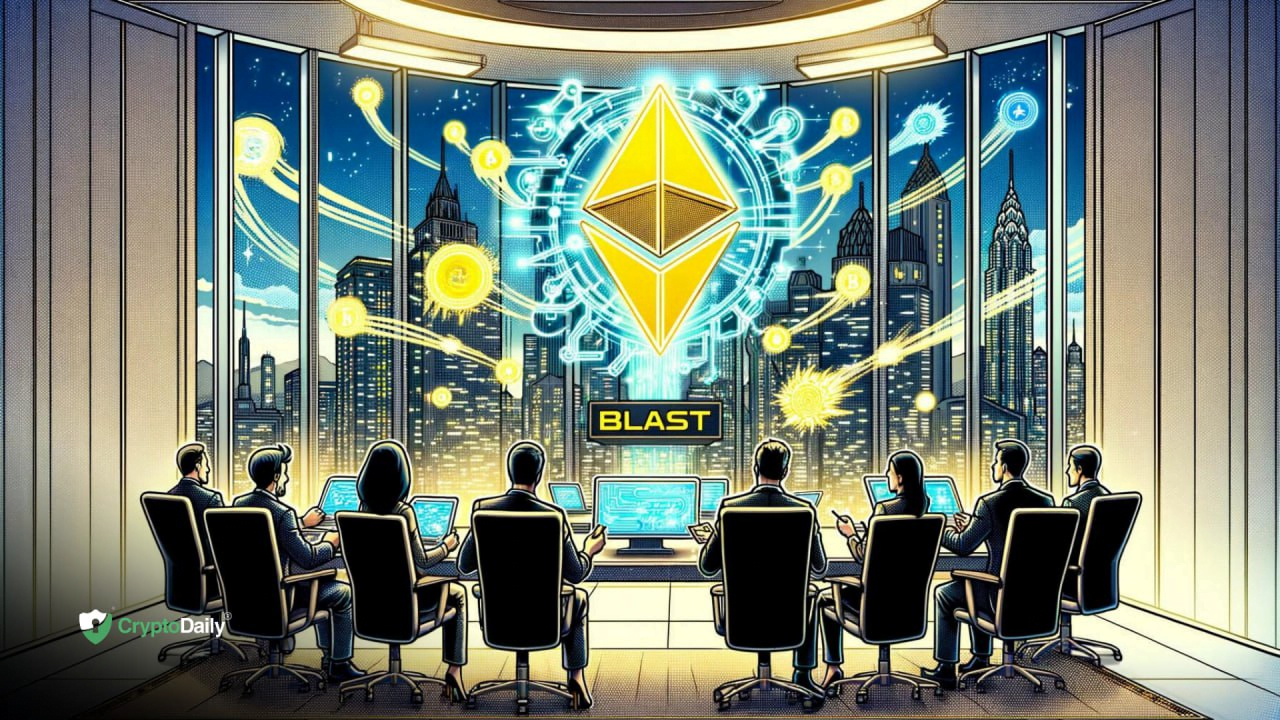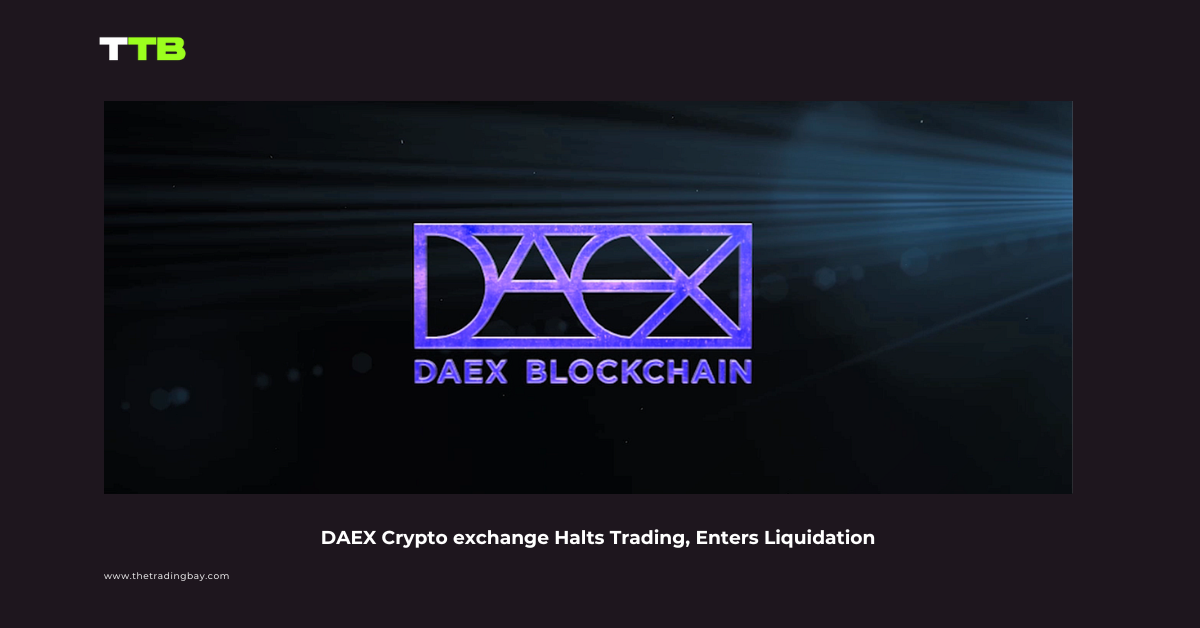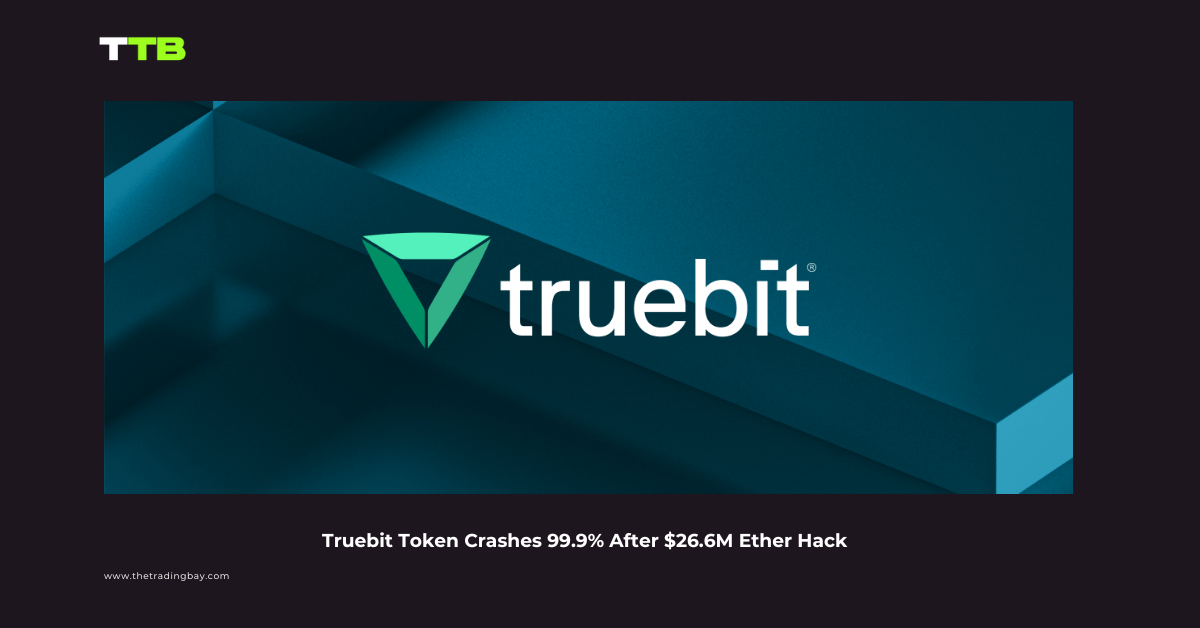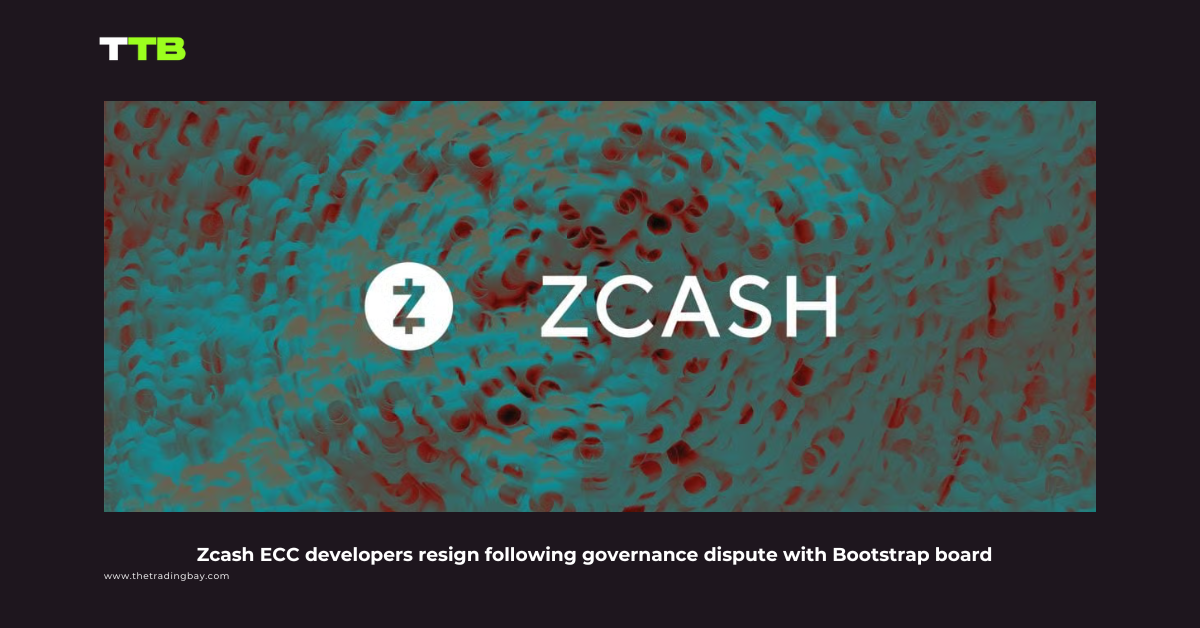The long-anticipated launch of Blast (BLAST), the native token of the Ethereum layer-2 network, has made waves in the crypto market, surging by 40% post-launch. This impressive performance comes amid a slew of recent airdrops, many of which have underperformed.
BLAST debuted at $0.02 per token, corresponding to a fully diluted value (FDV) of $2 billion, according to aggregated data from Ambient Finance and the perpetual trading platform Aevo. Since its launch, BLAST’s price has rallied over 40%, reaching $0.0281.
Ethereum Layer-2 Blast token’s Strong Market Debut Amid Recent Airdrop Disappointments
The robust performance of BLAST stands in stark contrast to other recent high-profile token launches. For instance, Ethereum layer-2 network zkSync (ZK) and cross-chain interoperability protocol LayerZero (ZRO) have seen their tokens plummet by 46% and 43% from their initial launch prices, respectively. This disparity highlights the unique appeal and potential of BLAST in the current crypto market landscape.
The airdrop released 17% of BLAST’s total supply. Of this, 7% was allocated to users who bridged Ether (ETH) or USD on Blast (USDB) to the network since late last year. Another 7% was given to users who contributed to the success of decentralized applications (DApps) on the network. The remaining 3% was allocated to the Blur Foundation for future airdrops to its community.
Criticism and Market Reactions
Despite the initial success, the airdrop faced criticism from some crypto market commentators on X (formerly Twitter). Many believed that the launch valuation fell short of expectations. Arthur Cheong, the co-founder of crypto investment firm DeFiance Capital, expressed surprise at BLAST’s $2 billion FDV, expecting it to be closer to $5 billion.
The Blast network, co-founded by Tieshun Roquerre—better known by his pseudonym PacMan—has not been without controversy. In November, its seed investors criticized the network for lacking sufficient features to justify a one-way bridging mechanism that required users to lock up their ETH for several months.
Airdrop Scams and Security Concerns
In addition to market criticisms, the Blast airdrop has also attracted scammers. Large-scale airdrop events often become prime targets for scammers, who create legitimate-looking copycats to deceive users. These scams typically involve phishing attacks where users are tricked into connecting their wallets and signing fraudulent transactions.
Crypto security service Scam Sniffer reported several instances of Blast airdrop scams. One user reportedly lost over $217,000 after signing multiple phishing signatures. This highlights the ongoing security challenges in the crypto space and the need for heightened vigilance among users participating in airdrop events.
Despite these issues, the strong debut of BLAST and its subsequent price surge demonstrate the growing interest and potential of Ethereum layer-2 solutions. As the network continues to develop and roll out new features, it will be crucial to address security concerns and manage investor expectations to maintain momentum and foster trust within the crypto community.
Conclusion
The launch and rapid appreciation of Blast (BLAST) underscore the volatile yet promising nature of the crypto market. While BLAST’s initial success is noteworthy, the accompanying challenges—ranging from critical market reactions to security threats—highlight the complexities of launching new tokens. As Blast and similar projects move forward, their ability to navigate these hurdles will be key to sustaining long-term growth and innovation in the rapidly evolving crypto ecosystem.
In summary, BLAST’s launch and subsequent surge offer a glimpse into the dynamic world of crypto assets, where opportunity and risk are in constant interplay. For investors and developers alike, the lessons from Blast’s debut provide valuable insights into the future of decentralized finance and blockchain technology.

